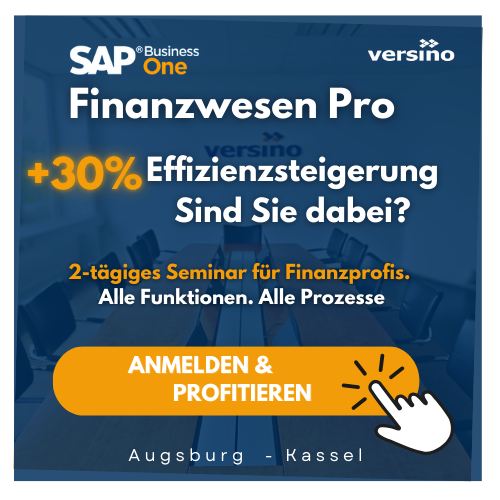A data object in SAP Business One that contains a set of variables that the workflow service needs to execute business logic, such as calculate, compare, decide and so on. User-defined data objects only exist in the current workflow process.

The concept of the "User Defined Object" (UDO) in SAP Business One requires in-depth consideration in order to understand how it works. Although all data is stored in a database with a table structure, the processes are divided into objects that represent a logical structure of the underlying data tables. The complexity varies depending on the object - for example, a simple object could only be a Table while a more complex object could consist of a large number of tables.
An object in SAP Business One consists not only of data tables, but also of predefined Functions, which are referred to as services. These services, such as add, update, delete and search, make the object self-sufficient and enable it to work in SAP Business One without being dependent on other objects.
A user-defined object can inherit the behaviour of standard objects in SAP Business One and therefore behave exactly like an existing object. It extends the functionality of SAP Business One by utilising the existing services.
Creating a customised object requires two steps. Firstly, "User-defined tables" (UDTs) and "User-defined fields" (UDFs) in order to create the basis for data storage. This is often referred to as "metadata". In the second step, the user-defined object itself is created by linking the metadata to the new object to be created and assigning its specific properties to the object. This can be done manually in SAP Business One itself or automatically through programming. If the user-defined object is part of more complex programming - i.e. part of an add-on - the automated method is preferable. In this article, however, we will concentrate on the manual definition of user-defined objects.

Coding or customizing: Correctly adapting ERP software

coresuite easy functions - SAP Business One customizing made easy

ERP for discrete manufacturing - or why screws don't flow

MARIProject - Version 7.2.000

SAP Business ByDesign vs SAP S/4HANA Cloud
